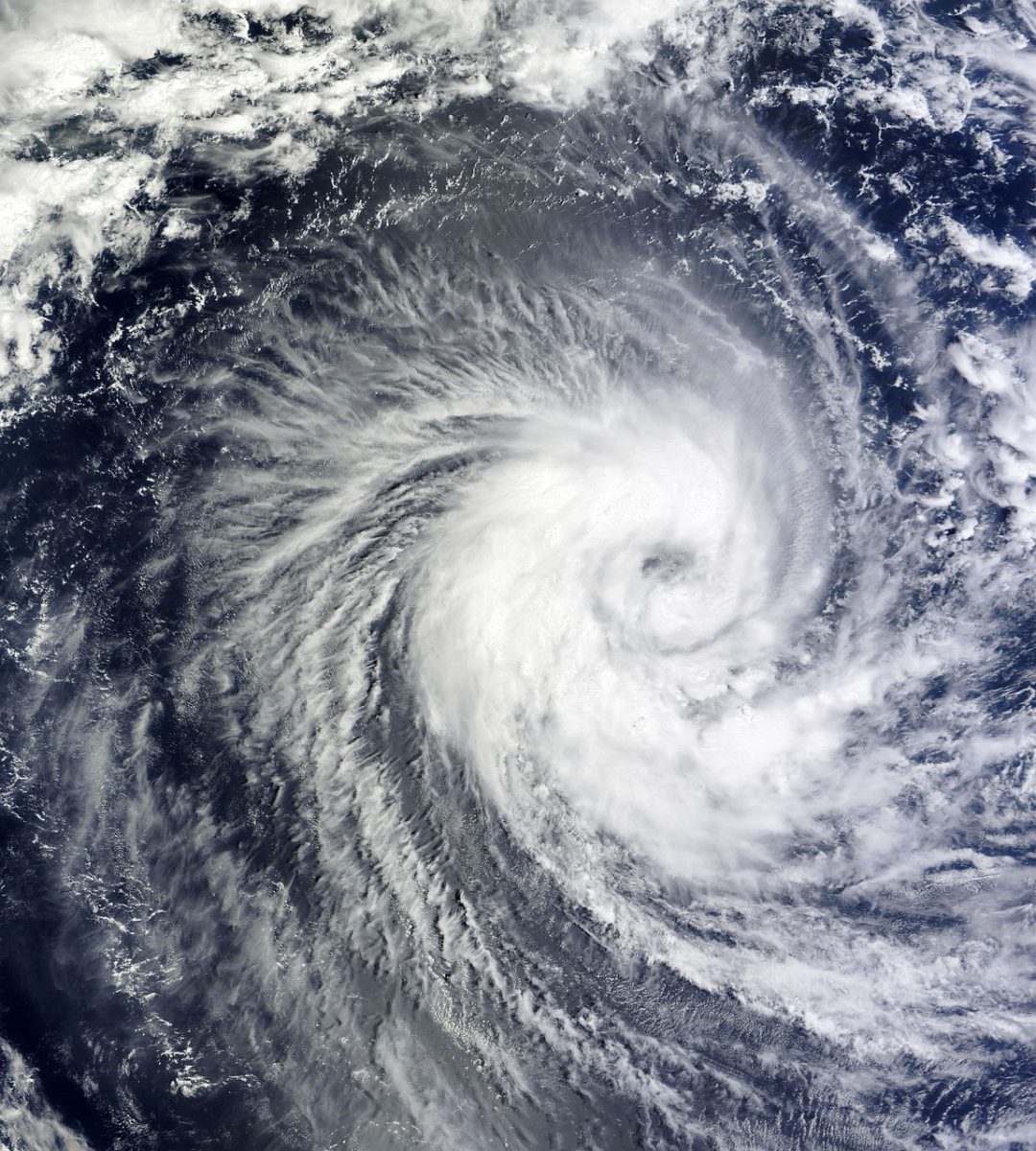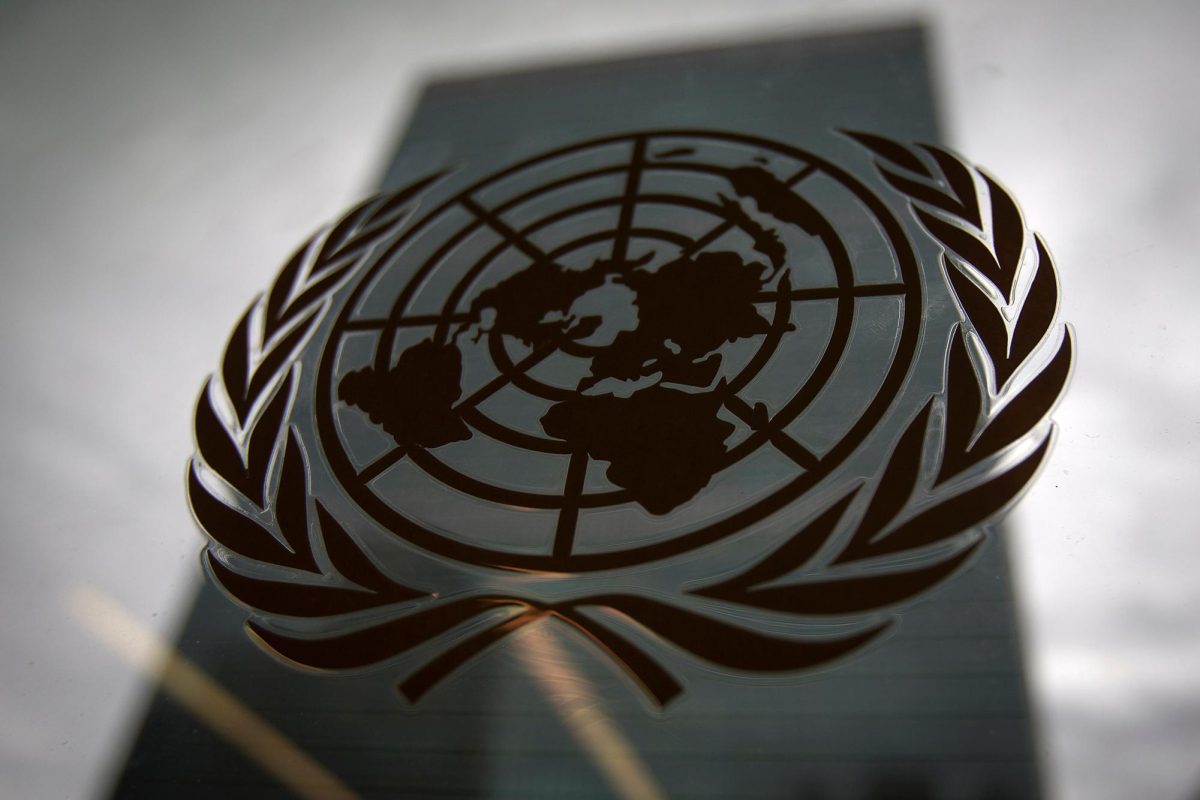On October 9th, 2024, Hurricane Milton made landfall in Hillsborough County, Florida as a category three storm. This storm posed a big challenge because another hurricane, Helene, had hit Florida’s big bend on September 26, 2024, only two weeks prior. Hurricane Helene’s death toll was approximately 230 people and is estimated to have caused more than $200 billion worth of infrastructure damage making it the most expensive storm in US history. Helene started as a category one storm on September 23rd, and over the next three days built itself to a category four storm. Winds raged at 140 mph and beachfront communities suffered 15-foot surges and excessive flooding. Counties around the Big Bend witnessed flooding, road washouts, and occasional landslides. Hurricane Helene eventually made landfall as a category four storm because of the abnormally high water temperatures of the Gulf of Mexico and Caribbean Sea. The Gulf of Mexico is currently 84°F, which is 1.8° more than it was in 2003-14. A 1.8° increase may not seem that bad, but it’s important to remember that water has a high heat absorption capacity, which means that it can absorb a lot of heat before its temperature actually rises. Consider how massive our oceans are and the abundance of water on this planet, and it’s important to remember that fact about water’s heat capacity. Imagine how much heat it has to absorb to collectively rise in temperature. 1° may not seem like a big deal right now, but the fact that our planet is constantly getting hotter is not a good sign for our future.
Hurricane Milton was well anticipated and appropriate measures were enforced, but that still doesn’t make its destruction any less painful. Milton has killed approximately 24 people, and the effects are still looming. The energy companies were able to restore power to over three million residents of Florida, although there are still around 25,000 without power. During its buildup, the winds hit 170 mph, but as the storm made landfall, it dropped to around 120 mph. It was anticipated to be a category five storm, but again, as it made landfall, Hurricane Milton dropped to a category three. Around 80,000 people needed to spend the night in shelters and thousands of others fled the state. Florida is used to these kinds of storms and they have evacuation zones for the specific hurricane. For Hillsborough County specifically, the zones ran A-E. A being the most dangerous and an immediate evacuation area, and E being the least dangerous and less of a necessity to evacuate. The after-effects of this storm are still visible now, and below are some of the important numbers that demonstrate the impact this storm has had and what the state, government, and FEMA are doing to help families in need:
8,500- federal personnel deployed in Florida now (4,200 being FEMA agents.)
$1.8 billion – the amount of funding President Biden approved for both Hurricane Milton and Hurricane Helene
$911 million – the amount of money FEMA approved for those affected by Hurricane Helene
$581 million – the amount of the total fund spent on the individuals and communities affected
$330 million – the amount of the total fund spent on debris cleanup and assisting the public
$620 million – the amount of money FEMA approved for those affected by Hurricane Milton
$48 million – loan offered by the US Small Business Association
The government is also offering unemployment insurance and grant funding, while the Unemployment Insurance Program is providing similar benefits to those who are unemployed through no fault of their own. Local shelters are housing those who have lost their homes and FEMA is providing food and water to those affected. If you have a family member or friend who was affected by this storm, or you’re just interested in learning more, be sure to visit disasterassistance.gov or call 1-800-621-3362. Check out the Disaster Recovery Center and learn about how they can help with various disaster financial aid, including help paying your bills, buying groceries, recovering property, and more. As with any natural disaster, the mental toll it takes on an individual is unprecedented. If you know someone who is being especially affected by the storm, have them contact the Disaster Distress Hotline – 1-800-985-5990. And finally, consider donating to the various charities and nationwide organizations that are trying to aid the victims of these disasters.
We have to live with the reality of a changing climate and the frequent occurrences of these natural disasters but we can ease the pain and suffering by helping each other through these difficult times.













